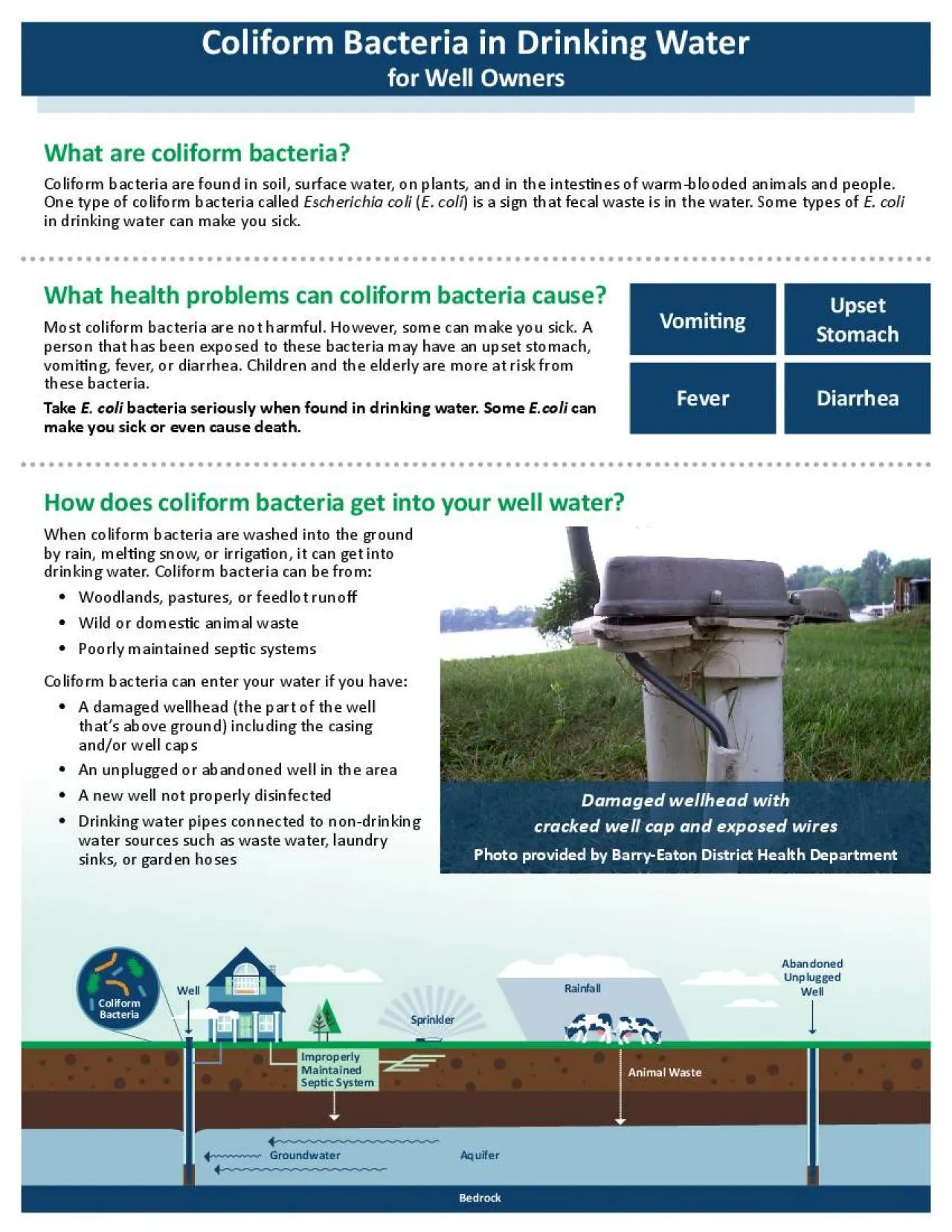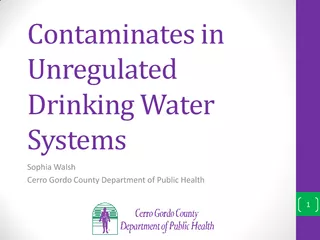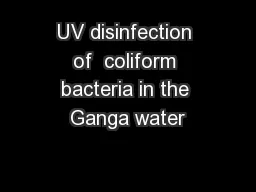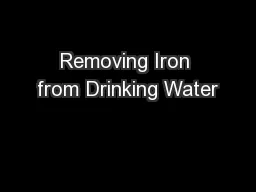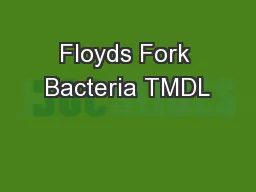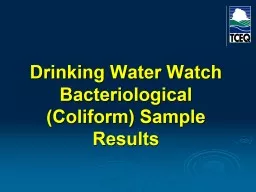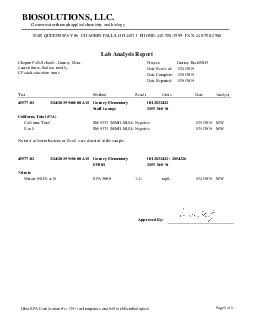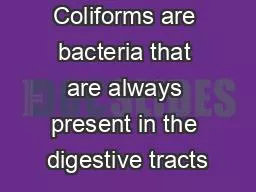PDF-Coliform Bacteria in Drinking Waterfor Well Owners
Author : lauren | Published Date : 2021-10-06
Animal WasteAbandoned Unplugged WellWellRainfallAquiferGroundwaterImproperly Maintained Sep31c SysteBedrockColiforBacteriSprinklerWhat are coliform bacteriaColiform
Presentation Embed Code
Download Presentation
Download Presentation The PPT/PDF document "Coliform Bacteria in Drinking Waterfor W..." is the property of its rightful owner. Permission is granted to download and print the materials on this website for personal, non-commercial use only, and to display it on your personal computer provided you do not modify the materials and that you retain all copyright notices contained in the materials. By downloading content from our website, you accept the terms of this agreement.
Coliform Bacteria in Drinking Waterfor Well Owners: Transcript
Download Rules Of Document
"Coliform Bacteria in Drinking Waterfor Well Owners"The content belongs to its owner. You may download and print it for personal use, without modification, and keep all copyright notices. By downloading, you agree to these terms.
Related Documents

